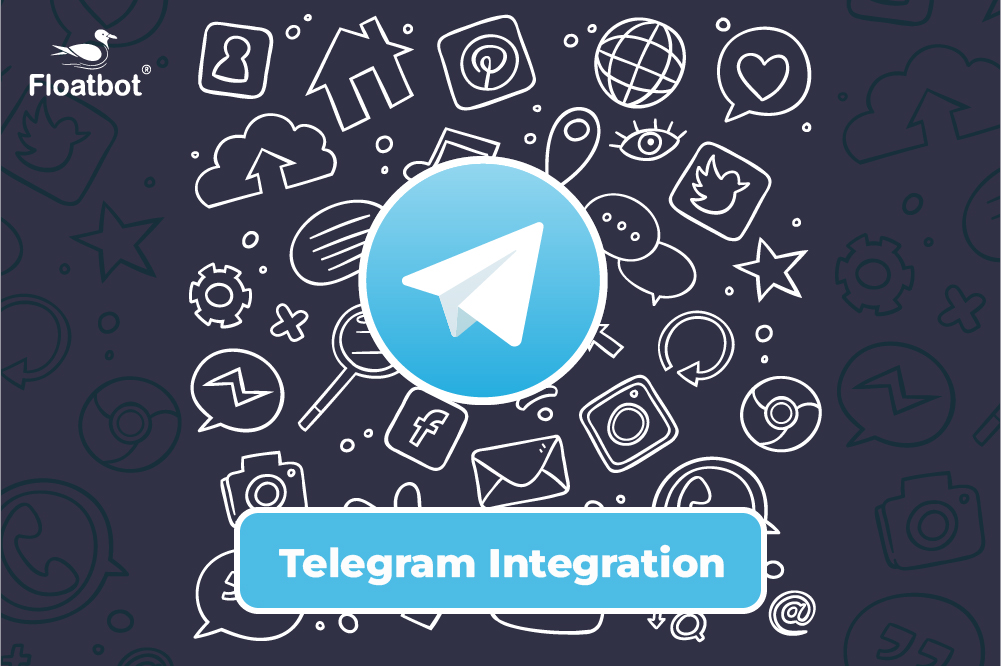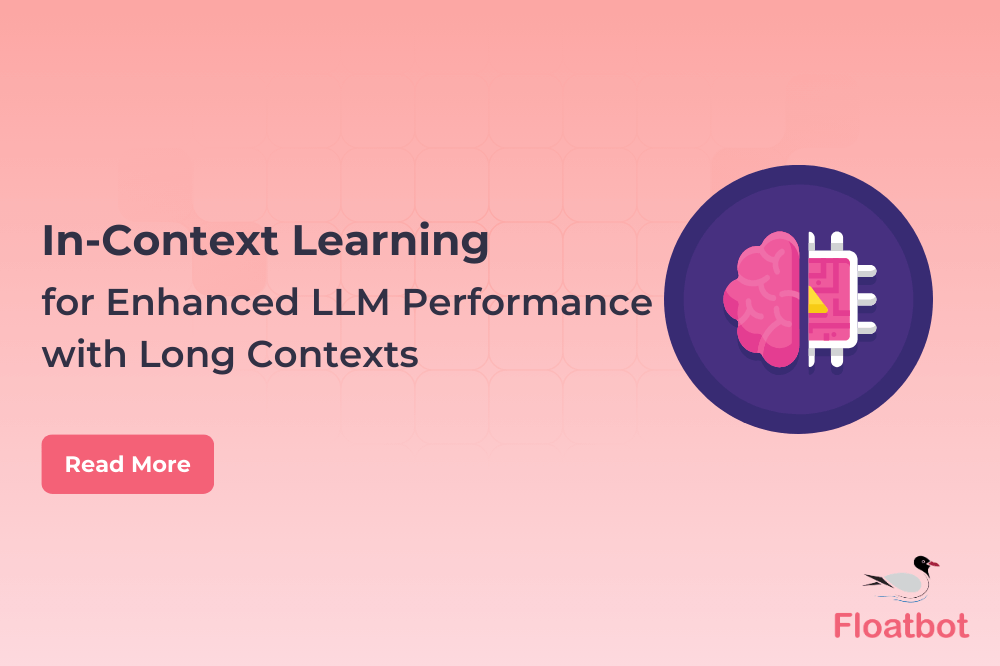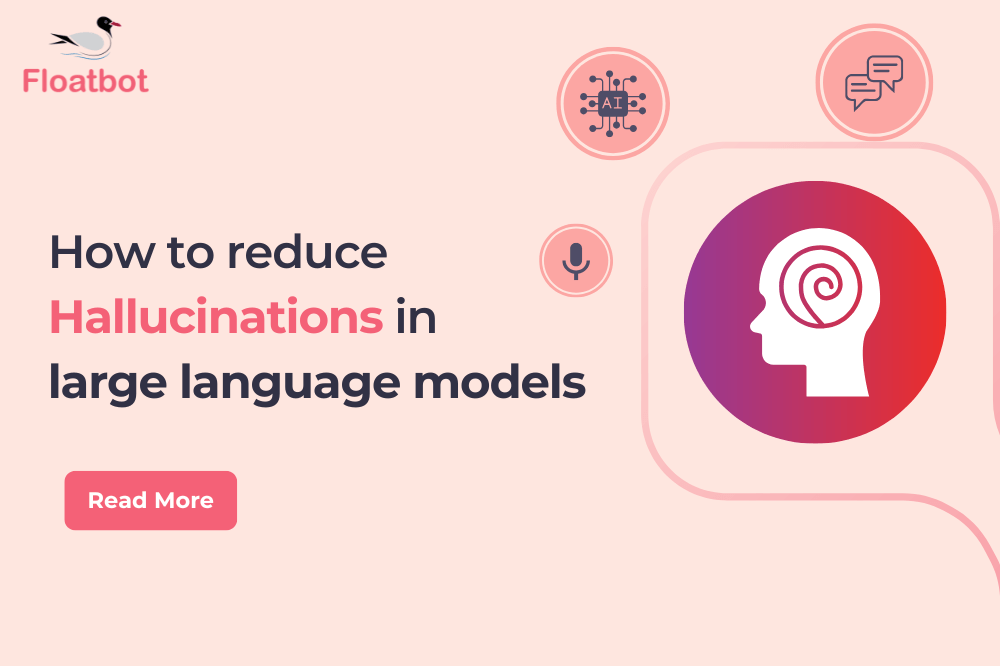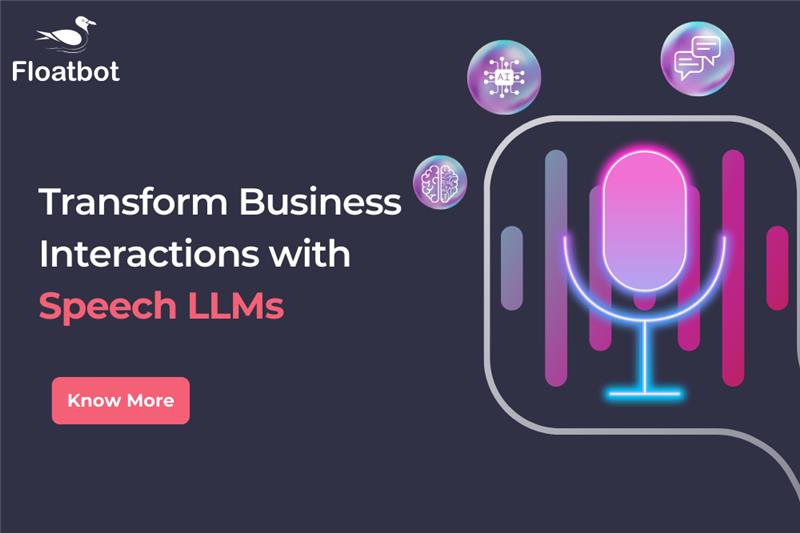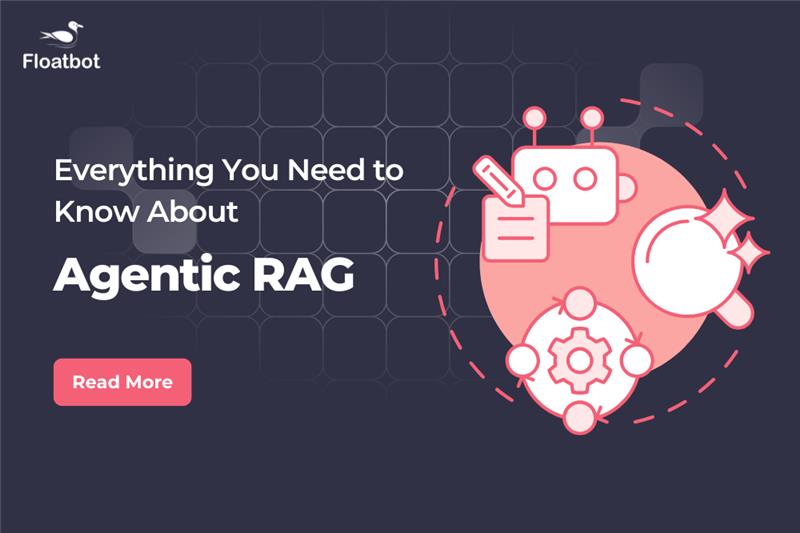Boost Business Efficiency with Low Latency AI Voicebot
Discover how low latency AI voicebot can elevate business operations & customer support with instant responses, 24/7 availability, and reduced wait times.
- Sep 17 2024

Every second your customers wait is a missed opportunity. Low latency voicebots eliminate delays, helping businesses deliver lightning-fast responses that keep operations running smoothly. For enterprises, this means improved efficiency, higher customer retention and a stronger competitive edge. Customers in turn experience seamless, natural conversations without the frustration of long wait time or laggy responses.
With low latency voicebots everyone wins—your business gets a boost & your customers enjoy superior service experience.
Let us see why your business needs low latency voicebots or voice AI agents.
How do low latency AI voicebots work
Latency refers to the delay between users input and the systems response. In the context of voicebots low latency means minimal delay. Reduced latency in low latency ai voicebots is achieved by optimizing various component like network architecture, AI model performance & voice processing logic.
So the goal is to achieve response times as low as 500 milliseconds which is crucial for maintaining a conversational flow. And this a brief of how they work:
- Speech Recognition: Users voice is captured and converted in to text using speech to text (STT) models. These models are optimized for speed and accuracy.
- Natural Language Processing (NLP): The text is then processed by an NLP engine to understand the users intent and context.
- Response Generation: Based on the intent the system generates appropriate response using a language model.
- Text-to-Speech (TTS): The generated text response is converted back into speech using text to speech models.
- Delivery: The spoken response is sent back to the user.
To put it in a nutshell, the main goal of using a low latency voicebot is to reduce delays as well as streamline workflows without the need for human intervention. Now, let us see how low latency voicebots benefit businesses.
Quick Overview on How to Build Low Latency Voicebot
1. Speech Recognition (ASR)
Libraries/Frameworks: Use advanced ASR libraries like Google Speech-to-Text, Microsoft Azure Speech, or open-source options like Kaldi.
Optimization: Implement techniques like beam search optimization and language models to improve accuracy and speed.
2. Natural Language Processing (NLP)
Frameworks: Utilize NLP frameworks such as spaCy, NLTK, or transformer models like BERT and GPT.
Intent Recognition: Use intent recognition models to understand user queries quickly. Pre-trained models can be fine-tuned for specific use cases.
3. Text-to-Speech (TTS)
Engines: Employ TTS engines like Google Text-to-Speech, Amazon Polly, or open-source alternatives like Festival.
Latency Reduction: Optimize TTS pipelines to reduce the time taken to generate speech. Techniques like pre-caching common responses can help.
4. Infrastructure
Cloud Services: Deploy on cloud platforms like AWS, Azure, or Google Cloud for scalability and reliability.
Load Balancing: Use load balancers to distribute requests evenly across servers, reducing response times.
5. Edge Computing
Local Processing: Implement edge computing to process data closer to the user. This can be done using devices like Raspberry Pi or edge servers.
Latency Reduction: Edge computing reduces the round-trip time for data, significantly lowering latency.
6. Data Handling
Compression: Compress audio data to reduce transmission time. Use codecs like Opus or AAC for efficient compression.
Protocols: Optimize network protocols (e.g., WebRTC) for real-time communication.
7. Continuous Optimization
Monitoring: Continuously monitor performance metrics using tools like Prometheus and Grafana.
Feedback Loop: Implement a feedback loop to gather user data and improve the system iteratively.
You can also skip all of this, head straight to Floatbot to build and deploy a low latency voicebot in less than an hour with no code/low code! It is easier than you think. Check out this guide.
How to Optimize Latency of Voicebot
Ideally a voicebot should respond within 500-800 milliseconds (ms) to feel natural. Any delay beyond that can disrupt conversation flow, leading to users frustration.
To optimize the latency of your voicebot, several key factors must be considered including AI model selection, infrastructure, networking & hardware. Below we will explore how to reduce latency across these components.
Select AI Models with Speed in Mind
The performance of your AI models directly impacts voicebot latency. Prioritize low-latency Speech LLMs for speech to text (STT), language models (LLM) and text-to speech (TTS).
- Speech-to-Text: Use STT models optimized for real-time transcription to quickly convert speech to text.
- Language Models: Ensure your LLM processes responses with minimal delay. Running these models on efficient hardware, such as high-performance GPUs, can speed up processing.
- Text to speech: TTS engines should be fast enough to generate speech instantly after processing.
Reduce Network Latency through Self-Hosting
Minimize reliance on external services by self-hosting your AI models. So that you can cut out the latency added by network calls, leading to faster response times. Colocate your AI components—STT, LLM & TTS—to improve internal data flow and ensure faster processing.
Leverage WebRTC for Real Time Communication
WebRTC offers a low-latency protocol designed for real time communication, making it ideal for voicebots. It reduces the time required for voice data transmission by adapting to changing network conditions. The result? You get faster interaction between the user and the bot.
Don’t Forget to Optimize Voice Processing
Fine-tune your voicebot logic to make quicker decisions. Use Voice Activity Detection (VAD) to identify when the user stops speaking, allowing the bot to respond promptly. Additionally, optimize end-pointing, so the bot knows when to move forward without unnecessary delays.
Make use of High Performance hardware
AI models demand substantial computational resources. Running them on optimized hardware, such as advanced GPUs, ensures that processing happens as quickly as possible, contributing to low-latency responses.
How Low Latency Voicebot AI Enhance Customer Support
By leveraging low latency voicebot, you can create a more efficient, responsive, and cost-effective customer support system that benefits both your business and your customers such as:
Instant Responses
Low latency Voicebot ai provide near-instant replies to customer queries, reducing wait times and ensuring that customers get the information they need quickly.
24/7 Availability
Unlike human agents, low latency voicebot can operate around the clock, offering consistent support regardless of the time or day. This ensures customers receive help whenever they need it.
Reduced Workload
By handling routine and repetitive inquiries, Low Latency voicebot free up your support team to focus on more complex and nuanced issues. So this can lead to a more efficient and effective support process.
Enhanced Accuracy
Low latency ai Voicebot are programmed to follow specific protocols and access up-to-date information, which can lead to more accurate and consistent responses compared to human agents.
Cost Savings
Automating customer support with low latency ai voicebot can reduce the need for a large support team, leading to significant cost savings. It also minimizes the risk of human error, which can be costly.
Scalability
Low latency ai Voicebot can handle a high volume of interactions simultaneously, making it easier to scale your support efforts during peak times without the need to hire additional staff.
Improved Customer Experience
With their quick responses and ability to handle multiple requests at once, low latency voicebot enhance the overall customer experience, leading to higher satisfaction and retention rates.
Data Collection and Insights
By using a Low latency Voicebot ai or a voicebot platform you can gather valuable data on customer interactions, providing insights into common issues and customer preferences. Improve your products and services with all the data you collect.
Consistency
Low latency ai Voicebot deliver consistent responses and follow established guidelines, reducing variability in customer service and ensuring a uniform experience for all users.
Multilingual Support
Advanced low latency voicebot such as Floatbot’s can handle multiple languages, allowing you to offer support to a diverse customer base without the need for multilingual human agents.
Other than customer support, low latency ai voicebots also excel in streamlining other operations. Let us take a look at them.
Benefits of leveraging Low Latency voicebot in business
Freeing up your team to focus on what really matters is within reach. With low latency voicebot handling routine tasks you can streamline operations, enhance customer experiences, and elevate your business to new heights.
Inbound Call Automation
Managing endless incoming calls? Low latency ai voicebot can handle a high volume of calls for you, tackling common questions, routing to the right department, or gathering key info before passing it on to your team. While your team can focus on the trickier issues that need their attention.
Outbound Call Automation
If you could effortlessly schedule appointments, gather customer feedback, or follow up with leads without lifting a finger. With low latency voicebot, you can! They handle all these tasks for you, increasing your sales (including upselling & cross selling) and reach more people quickly and easily.
Customer Support
Need to offer round-the-clock support? Low latency ai Voicebot are your solution. They’re available 24/7 to answer FAQs, troubleshoot basic issues and handle simple requests. Businesses are competitive these days and your customers need to get the help they need right away while your human agents focus on the more complex stuff.
Sending Reminders
Send reminders on time with low latency ai voicebot! Let low latency voicebot automate sending out payment debt reminders, claims updates, & more. The result? Increase debt recovery, CSAT scores, customer retention.
Sales Enablement
Boosting your sales is easier with low latency voicebot. Low latency ai Voicebots can qualify leads, gather information and even help guide customers through their buying journey. By automating these early stages, your sales team can zero in on closing deals with the best prospects.
Floatbot.AI
Floatbot’s low latency voicebots or voice AI agents are trusted by numerous enterprises to ensure they are not only meeting customer expectations but exceeding it. Our voice AI Agents come with less than 1 second latency and unlock value that elevates your business such as:
- Boost rate of automated resolution (ROAR) by 85%
- Enhance customer satisfaction (CSAT) by 90%
- Increase first response time (FRT) by 60%
- Reduce customer effort score (CES) by 80%
Schedule a demo right away to see Floatbot’s voice AI agents in action.

